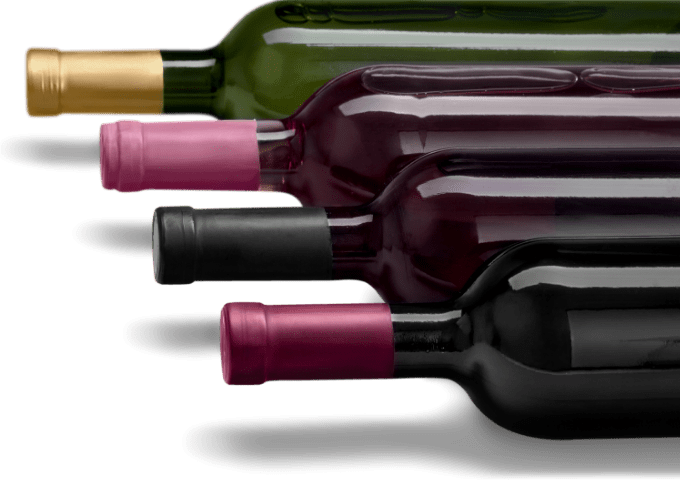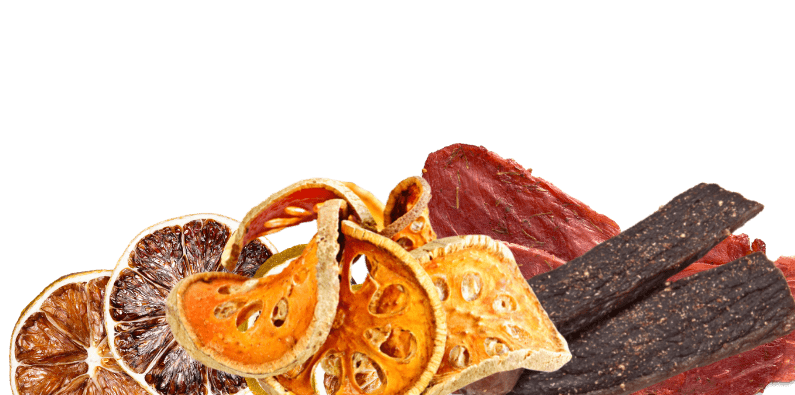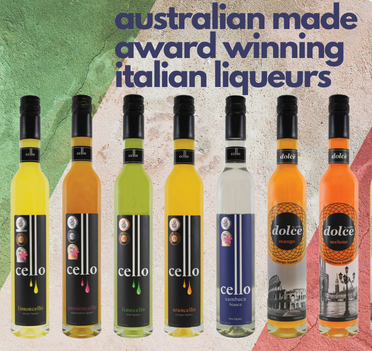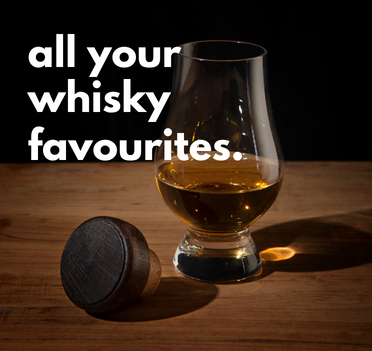Top rated

Discovery was the Unlikely Impetus for the Birth of the Champagne Bottle
The birth of the Champagne bottle, a symbol of celebration and luxury, is a tale deeply intertwined with the tumultuous events of the European Age of Exploration. This story takes us back to the start of the 16th century, an era marked by remarkable shifts in technology, trade, and cultural practices.
In these times, the invention of the printing press had just begun to revolutionise the dissemination of knowledge. Alongside this technological leap, there was a burgeoning push for overseas exploration, driving Europeans to extend their reach across the globe. Wood, as a resource, was central to this period of expansion. It was the foundational material for constructing homes, buildings, and most crucially, ships that sailed the unknown seas.
However, by the mid-16th century, Europe found itself grappling with a critical shortage of wood. This shortage was not just a minor inconvenience but a significant crisis that threatened various aspects of life and industry. It was particularly impactful in the realms of heating, glassmaking, and shipbuilding – sectors crucial for both daily survival and national prowess.
Ironically, this dire shortage of wood laid the groundwork for a remarkable innovation – the birth of the Champagne bottle. The origins of sparkling wine, the content that these bottles would famously house, are shrouded in mystery and legend. A popular tale often told is that of Dom Pérignon, a 17th-century Benedictine monk. He is credited with the accidental discovery of secondary fermentation in the bottle, leading to the creation of sparkling wine. His legendary exclamation, “Come quickly, I am tasting the stars!” is a vivid testament to this serendipitous discovery.
However, this narrative is not without its controversies. Some claim that the technique of secondary fermentation, also known as méthode traditionelle and essential to Champagne production, was actually borrowed from winemakers in southern France. Limoux, a southern commune, even claims to have created sparkling wine in 1531, a whole century before Champagne's emergence.
Despite these competing claims, France has firmly established itself as the heartland of Champagne, with figures like Dom Pérignon celebrated as pioneers. The Moët & Chandon Champagne house, for instance, honours Pérignon with a statue on its grounds.
Yet, one of the most intriguing twists in the story of Champagne's birth comes from England. Here, a royal decree by King James I in 1615, aimed at conserving forests for shipbuilding, inadvertently led to significant advancements in glassware. This decree, a response to the wood shortage crisis, had far-reaching implications.
As economic historian John U. Nef pointed out, the burgeoning population of England, which nearly doubled from the early 1530s to the 1690s, exacerbated the wood shortage. This scarcity forced glassmakers to innovate. They turned to coal as an alternative to wood, discovering that coal's higher burning temperature allowed them to create stronger, thicker glass. These robust vessels could contain the pressures exerted by carbonated drinks – a crucial development in the creation of the Champagne bottle.
Jai Ubhi, in his 2019 Atlas Obscura article, highlights how England's glassmaking advancements were pivotal in the birth of the Champagne bottle as we know it today. These bottles were not just functional; they became symbols of status and innovation.
However, this English claim to sparking the revolution is not universally accepted. Figures like Pierre-Emmanuel Taittinger of the Taittinger Champagne house argue that the English discovery of sparkling wine was more accidental than intentional, resulting from the secondary fermentation of still wines shipped from France.
Adding to this complex history is the work of English scientist Christopher Merrett. In 1662, he documented the process of secondary fermentation in wine, suggesting that he might have predated the French in understanding the principles behind sparkling wine. This claim is supported by a plaque in Winchcombe, England, commemorating Merrett for his contributions to sparkling wine.
Regardless of who truly invented sparkling wine, it is clear that the material scarcity faced by shipbuilders and the innovative response of glassmakers in England played a crucial role in the development of Champagne. This convergence of exploration, technological innovation, and cultural shifts not only resolved a practical problem but also gave birth to a product that would become a global symbol of celebration and luxury.
The story of the Champagne bottle is thus a vivid illustration of how historical events, often unrelated and even adverse, can converge to create something entirely unexpected and delightful. It represents a fusion of science, art, and necessity, emerging from a period of great exploration and change. Today, as we uncork a bottle of Champagne, we are not just partaking in a beverage but also in a rich and intricate history that spans centuries and continents, a history that reminds us of the unpredictable and serendipitous nature of innovation and cultural evolution.























































 Login with Google
Login with Google
